Soft, chewy Jelly Candy comes together in minutes using orange and lemon juice with a touch of gelatine. These easy homemade fruit jellies have a sugar-coated finish that’s perfect for sharing or gifting.
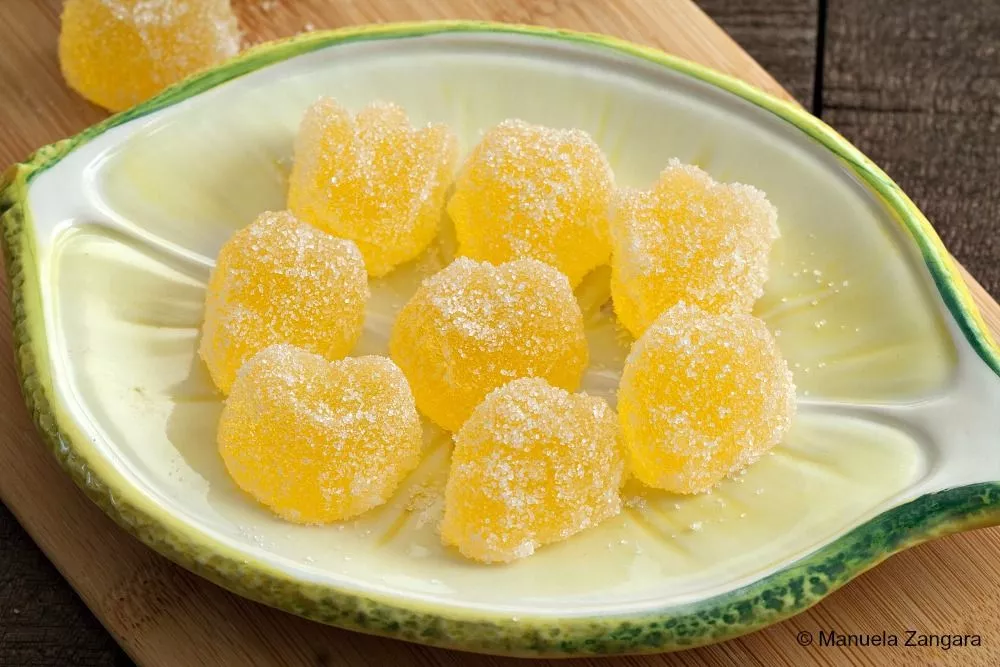
Jelly candies coated in sugar were one of my favourite treats growing up. I always chose the citrus ones first, loving the crunch of the sugar, the soft chew in the centre, and that bright balance of sweet and tangy.
This homemade jelly brings the same joy with a fresh twist. Made with orange and lemon juice, they’re full of natural flavour and contain no preservatives, so you can happily make them for your children too.
If you prefer a vegan option, simply use agar agar instead of gelatine and enjoy these colourful little sweets.
Our Favourite Things About These Jelly Candies
- Fresh orange and lemon juice give a bright, refreshing flavour that’s naturally balanced.
- Made entirely with real ingredients and free from artificial colourings or preservatives.
- Straightforward method that works well even for beginners in candy making.
- Keeps well in an airtight container, ideal for sharing or gifting over several days.
Key Ingredients for Jelly Candy
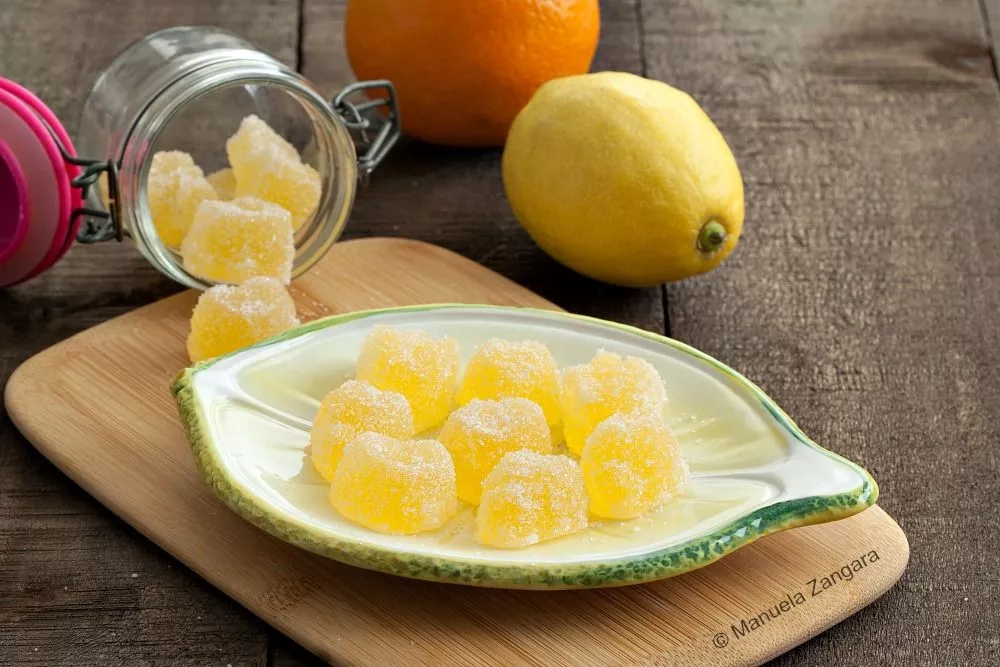
Granulated Sugar
Essential for sweetness and stability. It helps the mixture thicken as it boils and gives the jellies their smooth, glossy texture.
Orange Juice
Brings gentle sweetness and natural citrus flavour. Using freshly squeezed juice gives a clean taste and a light colour that looks bright even without artificial colouring.
Lemon Juice
Balances the sweetness of the orange with a bit of sharpness. The acidity lifts the citrus taste and gives the jellies their refreshing finish.
Find the complete list with measurements in the recipe card below.
How to Make Homemade Candy Jelly
Step 1: Soak the gelatine sheets in cold water for about 10 minutes.
Step 2: Combine the orange juice, lemon juice, and sugar in a saucepan. Bring to a boil, then simmer for 2 minutes before removing from the heat.
Step 3: Squeeze out the excess water from the gelatine sheets and add them to the hot citrus mixture. Stir until fully dissolved.
Step 4: Pour the mixture into silicone moulds and refrigerate overnight to set.
Step 5: The next day, carefully unmould the jelly candies and roll them in granulated sugar to coat.
Step 6: Serve.
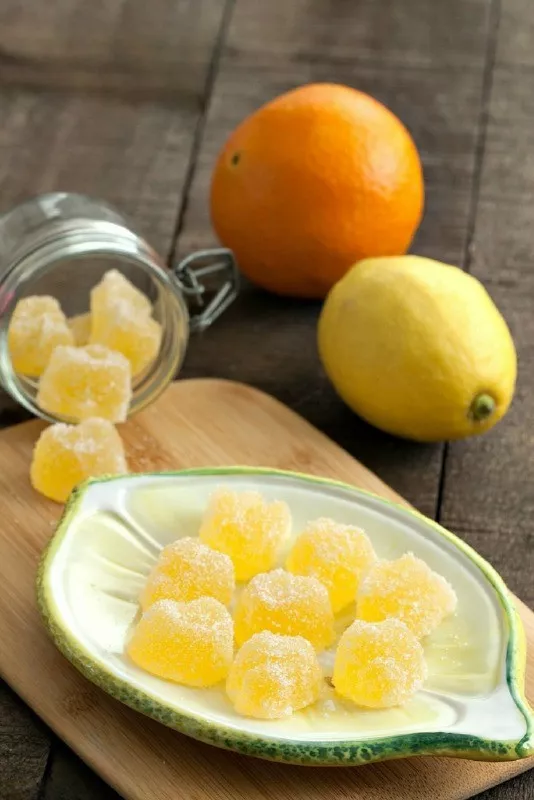
Frequently Asked Questions
Yes, you can. Use the same amount in grams. Sprinkle the powdered gelatine over a few tablespoons of cold water and let it bloom before adding it to the warm juice mixture.
Create a sugar free jelly candy by substituting the granulated sugar with a heat-stable sweetener like erythritol or allulose. These sweeteners withstand boiling and give a similar texture without affecting the gelatine set. Avoid liquid sweeteners, as they may change the consistency.
Absolutely! Try raspberry, pineapple, or passion fruit juice for different colours and flavours. Just make sure to strain the juice first for a smooth texture.
No, once coated, they can stay at room temperature in an airtight container. Refrigeration may cause the sugar to melt.
Extra Help from the Kitchen
Prepare Your Moulds Early – Set out the moulds or lined tray before heating the syrup so you can pour the mixture while still warm and smooth.
Bloom Gelatine Properly – Soak the sheets in cold water for 10 minutes until soft to prevent clumps and achieve an even set.
Use a Heatproof Silicone Spatula – Stir gently to avoid air bubbles and keep the mixture smooth. A silicone spatula handles heat well and lets you scrape the pan clean without wasting any syrup.
Let the Candies Air-Dry After Coating – Leave the jellies uncovered for an hour after rolling in sugar to keep the coating crisp.
Variations and Twists
Mixed Citrus Jelly Candy – Combine orange, lemon, and grapefruit juice for a deeper citrus flavour and a slightly more complex aroma.
Berry Fruit Jellies – Replace half of the orange juice with strained strawberry or raspberry purée for a bright colour and subtle berry sweetness.
Spiced Citrus Jellies – Add a pinch of grated ginger or ground cinnamon to the syrup before heating for a gentle, warming note.
Vegan Fruit Jellies – Substitute gelatine with 6 g agar agar and boil with the juices and sugar to activate the setting agent properly.
Storage and Shelf Life
Store the DIY Jelly Candies in an airtight container at room temperature, away from direct sunlight or heat sources. They keep their texture and flavour for up to 1 week.
If your home is humid, separate the layers with parchment paper to prevent sticking. Avoid refrigerating them, as moisture can soften the sugar coating and make the candies tacky.
Easy Homemade Sweets and Edible Gifts

Jelly Candy Recipe (Homemade Fruit Jellies)
Soft, chewy Jelly Candy comes together in minutes using orange and lemon juice with a touch of gelatine. These easy homemade fruit jellies have a sugar-coated finish that’s perfect for sharing or gifting.
Ingredients
- 200 g – 1 cup granulated sugar – plus more for coating
- 100 ml – 6¾ tbsp orange juice
- 20 ml – 1⅓ tbsp lemon juice
- 12 g – 0.4 oz gelatine sheets
Instructions
-
Soak the gelatine sheets in cold water for about 10 minutes.
-
Combine the orange juice, lemon juice, and sugar in a saucepan. Bring to a boil, then simmer for 2 minutes before removing from the heat.
-
Squeeze out the excess water from the gelatine sheets and add them to the hot citrus mixture. Stir until fully dissolved.
-
Pour the mixture into silicone moulds and refrigerate overnight to set.
-
The next day, carefully unmould the jelly candies and roll them in granulated sugar to coat.
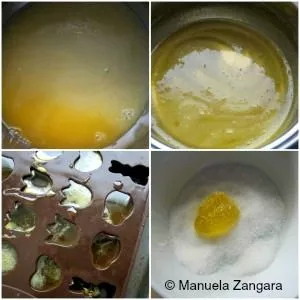
-
Serve.




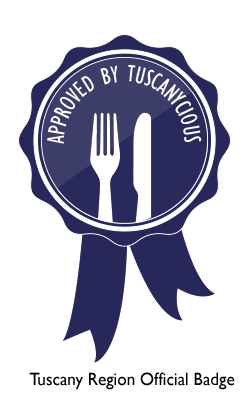
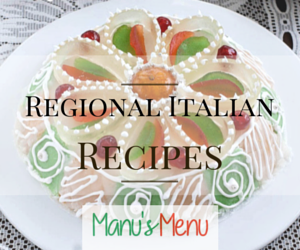

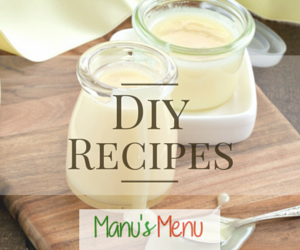
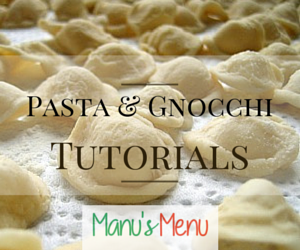
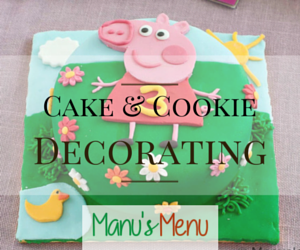
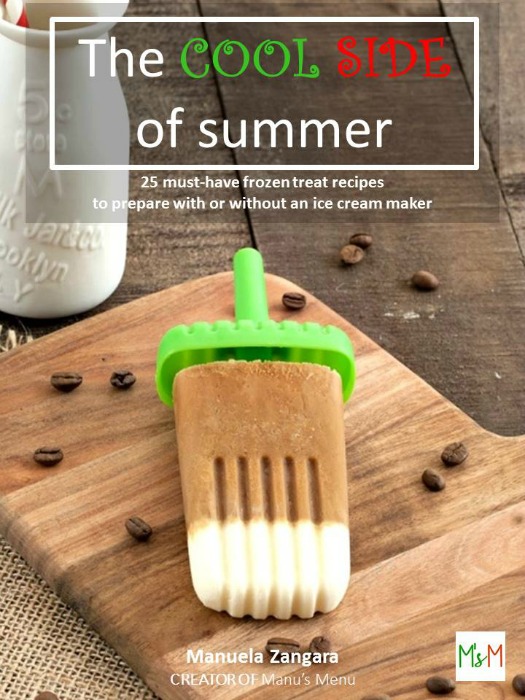







Hi! Is this “jelly candy” like gummies?
Hi Ryan. It’s not exactly the same. It’s similar but it’s not chewy. It is a bit softer.
Do I need to grease the moulds?
Hi Heidi! If you use silicon moulds, no need to grease them. 🙂
Well, now that I look further, it appears that the mysterious message, ” [url href=”undefined”][img src=”http://www.manusmenu.com/wp-content/uploads/2017/09/PicMonkey-Collage-2.jpg” width=”300″ height=”300″ class=”alignnone size-full” title=”PicMonkey Collage”][/url]” is on every one of your recipes! In fact, when I Googled that phrase, your recipes came up by the dozens! What the heck is that? I’m inclined to think that it’s some kind of malware problem and that we should stay away from your blog until fixed! I’m also not too happy that you, obviously, do not daily check your blog for messages/questions to answer! And your “Contact” link at the top is a dead link…
Hi Elaine. Sorry for not answering before. I was away on holiday with very limited internet connection. Yes, there are still places in this world where that is, luckily, possible.
There is no malware on my site. It is actually a secure site (see the https in your browser?). There was a problem with my recipe plugin that I wasn’t able to resolve while away (I did not have access to my wp panel). It was only a photo that was not displaying properly and as I use that plugin for all my recipe, that error was showing on all my recipes. It’s fixed now that I am back. You can contact me on Facebook and via email by clicking on the icon under my picture on the blog anytime. Cheers.
These sound awesome and fun to try! However, the last ingredient and #6 on the instructions say the same thing: [url href=”undefined”][img src=”http://www.manusmenu.com/wp-content/uploads/2017/09/PicMonkey-Collage-2.jpg” width=”300″ height=”300″ class=”alignnone size-full” title=”PicMonkey Collage”][/url]
Obviously something has gone wrong. Please let us know what it should read. Also, comparison from gelatin sheets (which I’ve never seen locally) to powdered gelatin if you can please! Thank you!
It should be 3 to 3.5 teaspoons of gelatin powder.